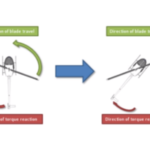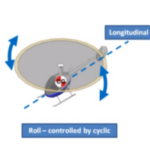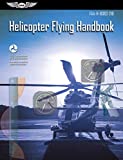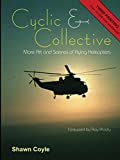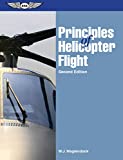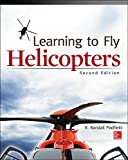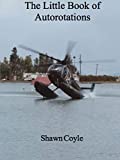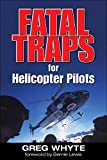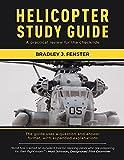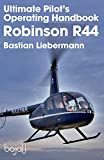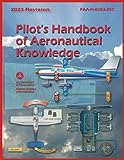An airfoil is any surface that produces a useful aerodynamic force. Here are some examples of uses of those aerodynamic forces:
- Lift
- Negative Lift
- Stability
- Thrust
- Control
When talking about airfoils it is important to know the technical terminology, including:
- Leading and Trailing Edges
- Chord Line and Chord
- Upper, Lower and Mean Cambers
- Center of Pressure
- Blade Span
There are also two main types of airfoil with certain advantages and disadvantages to each:
- Symmetrical Airfoil
- Asymmetrical Airfoil
Video
Learn more about airfoil types, terms and concepts with this short video on airfoils:
Resources
- FAA Helicopter Flying Handbook Chapter 2 – Aerodynamics of Flight
- FAA Pilot’s Handbook of Aeronautical Knowledge Chapter 5 – Aerodynamics of Flight
Related Videos
Helicopter Torque
A basic rule of Newtonian physics is that for every action there is an equal and opposite reaction . So when you have the action of the rotation of the main rotor blades of a helicopter - the reaction will cause the body of the helicopter to move in...
Three Axes of Flight
When maneuvering in the air, the helicopter moves around the Three Axes of Flight which all act through the helicopter's center of gravity (CG): Longitudinal Axis (Roll or Bank)
Lateral Axis (Pitch)
Vertical Axis (Yaw)
Video
The video below...



